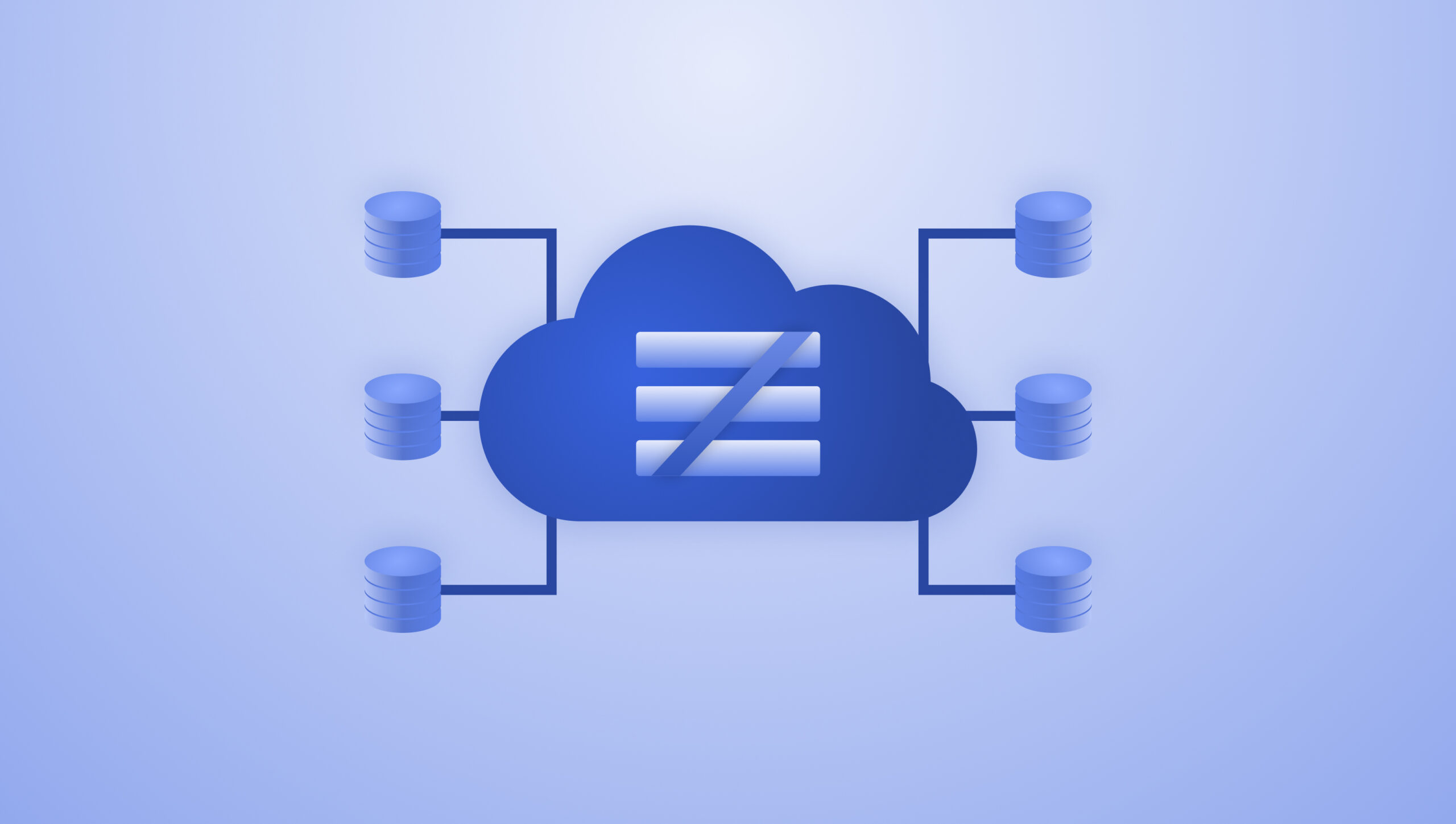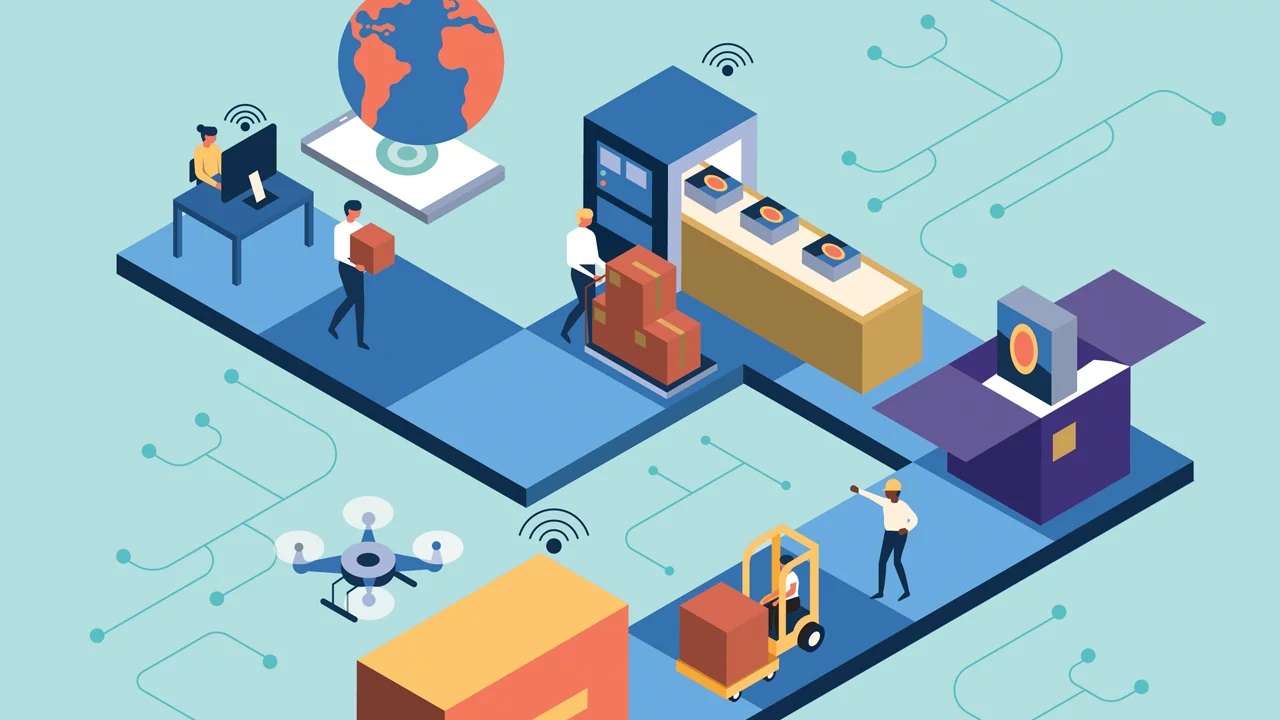In the world of connected devices and the Internet of Things (IoT), the IoT SIM card plays a pivotal role as the essential element that enables seamless communication between smart devices and the internet.
As technology continues to advance and IoT applications expand across various industries, understanding the significance of IoT SIM cards becomes crucial. In this article, we will delve into what an IoT SIM card is, how it works, its key features, and its significance in the ever-evolving landscape of smart devices.
What is an IoT SIM Card?
An IoT SIM card, also known as a Machine-to-Machine (M2M) SIM card, is a specialized type of subscriber identity module designed explicitly for IoT devices. Unlike traditional SIM cards used in smartphones, IoT SIM cards are tailored to meet the specific requirements of IoT applications. These applications encompass a wide array of devices, such as smart meters, connected vehicles, industrial sensors, healthcare monitors, and smart home appliances.
How Does an IoT SIM Card Work?
The fundamental principle behind an IoT SIM card’s functionality lies in its ability to connect to cellular networks. When an IoT device is equipped with an IoT SIM card, it can establish a connection with the nearest cellular tower.
This enables the device to transmit data to the internet and receive commands or updates from central servers or other connected devices. The data transferred through IoT SIM cards can range from simple status updates to large volumes of information critical for real-time decision-making.
Key Features of IoT SIM Cards
- Global Connectivity
IoT SIM cards are designed to provide global connectivity, ensuring that devices can connect to networks across different countries without the need for multiple cards or configurations. This feature is especially crucial for IoT applications with international reach, such as fleet management systems and logistics.
- Cost-Effectiveness
IoT SIM cards often come with cost-effective data plans tailored to the specific needs of IoT devices. Unlike conventional SIM cards, which are typically used for high-bandwidth activities like streaming and browsing, IoT SIM cards focus on optimizing data usage for efficient and economical communication between devices and servers.
- Security
With the proliferation of IoT devices and the increasing number of cyber threats, security becomes a primary concern. IoT SIM cards employ robust security measures to protect data transmission and prevent unauthorized access, ensuring the integrity of sensitive information.
- Remote Management
IoT SIM cards often come equipped with remote management capabilities, allowing administrators to monitor and control devices from a centralized platform. This feature enables efficient troubleshooting, updates, and configuration changes without the need for physical access to each device.
Significance of IoT SIM Cards in the IoT Ecosystem
- Seamless Connectivity
IoT SIM cards act as the bridge between smart devices and the internet, facilitating seamless connectivity that is essential for real-time data exchange and device coordination. This connectivity is particularly crucial in applications where even a minor delay in data transmission could have significant consequences, such as in healthcare monitoring or autonomous vehicles.
- Scalability and Flexibility
IoT SIM cards offer unparalleled scalability, allowing businesses and organizations to deploy thousands or even millions of IoT devices without worrying about connectivity issues. Additionally, IoT SIM cards provide the flexibility to switch between networks or carriers, enabling users to choose the most reliable and cost-effective option for their specific needs.
- Driving IoT Innovation
The availability of reliable and efficient IoT SIM cards has been a driving force behind the rapid growth and innovation in the IoT industry. From smart cities to precision agriculture, the ability to connect diverse devices seamlessly has opened up a world of possibilities for transformative IoT applications.





